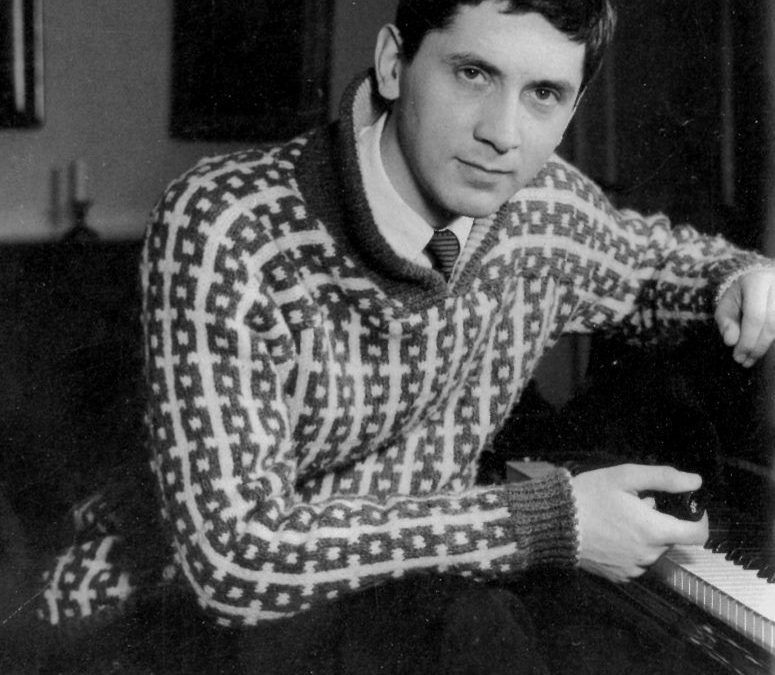Music is a way to capture beauty. This is at least what the music from Finnish composer Einojuhani Rautavaara evoked; music is merely a translation of nature’s organic harmonies. The accomplished composer died at the age of 87 in Finland on July 28. Rautavaara lived through the two wars and experiments with styles ranging from serialism to minimalism. He was the most widely performed Finnish symphonist after Jean Sibelius.
Rautavaara has a lot in common with Sibelius, the influential Romantic and early-modern composer who demanded to meet Rautavaara, and they once met at Ainola (Sibelius’ bucolic family estate) and discussed Sibelius’s eighth symphony. Rautavaara then journeyed to the states to finish his studies at Juilliard and Tanglewood.
An independent, stoic man, Rautavaara composed as he pleased never subscribing to any one creed in music. Many of his pieces achieved international acclaim, but the an intense opera about the 19th century poet, Aleksis Kivi (who made Finnish a literary language) perhaps made Rautavaara the proudest. Like its composer and his subject, it was unequivocally Finnish.
Rautavaara had an incredible professional career. He served as a non-tenured teacher at the Sibelius Academy from 1957 to 1959, music archivist of the Helsinki Philharmonic Orchestra from 1959 to 1961, rector of the Käpylä Music Institute in Helsinki from 1965 to 1966, tenured teacher at the Sibelius Academy from 1966 to 1976, appointed artist professor by the Arts Council of Finland from 1971 to 1976, and professor of composition at the Sibelius Academy from 1976 to 1990.
His eight symphonies were recorded several times and now are frequently performed. Rautavaara crafted environmental works inspired by natures such as his Cantus Arcticus concerto for birdsong (with real birdsong recordings) and orchestra (1972) and his flute concerto, Dances with Winds (1975). Of his eight operas, Vincent – on the life and death of Vincent Van Gogh – gained international exposure.
In a conversation with the website Opus Dissonus, Rautavaara proclaimed, “You should compose all the time, fanatically and too much – because the best teacher is the composer himself. Also remember the most important instruments: an eraser or delete switch and the waste-paper basket,” when asked what he would say to an aspiring composer. His tenacity and progression through a range of musical styles shows the power of creativity and the persistence in artistic vision. What will you do with music? How will you inspire students to seek the same creative power from the legacy left behind by those like Rautavaara?

